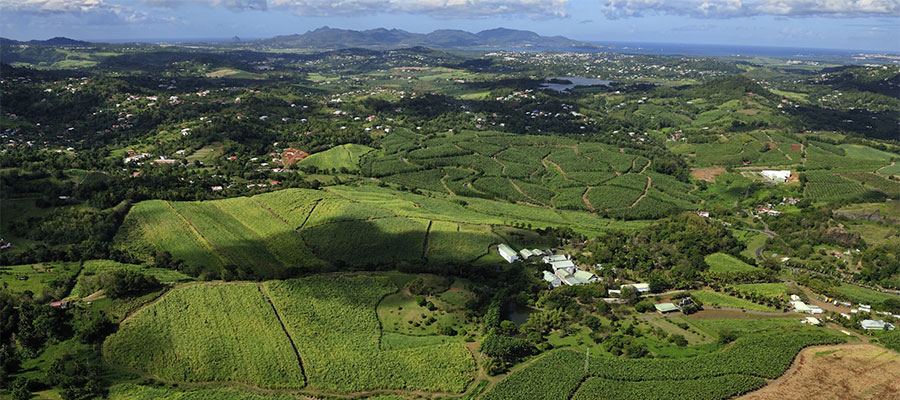President Marc Sassier takes stock of the Martinique AOC, as the world’s only controlled designation of origin for rum celebrates its 30th anniversary next year. Its origins, the role of the INAO, the importance of tasting in determining the typical characteristics of rums, past and future developments, defending the AOC… everything is covered!
What is your role within the Martinique AOC?
I am the president of the AOC, elected in July 2017. Presidents serve renewable three-year terms. However, I had previously worked with the Union, particularly on drafting the specifications.
Can you tell us about the history of the AOC’s creation?
I wasn’t in office yet, but I had access to the archives. The process really got underway after a red label was obtained in 1973. This red label had a very recognisable logo: a small planter with a sugar cane in one hand and a cutlass in the other.
This was at the time of the sugar crisis. The people of Martinique wanted to differentiate their sugar with a label, because their sugar cane was one of the most expensive to produce. At the time, Mr Bourdillon de la Mauny, Mr Lachnay and already Mr Benoit for Saint James were the driving forces, but also Claudine Vernant’s father, at Neisson, and Yves Hayot.
How did the first steps go?
They decided to go further than this label and aim for AOC status. So they contacted the INAO (formalised by INAO application no. 74-017, 31 pages), which is the body responsible for AOCs in mainland France.
However, the INAO (Institut National des Appellations d’Origine, editor’s note) did not have jurisdiction over the DROMs, and the law had to be changed. Once this was done, they were able to begin discussions. At the time, Mr Roncin was leading the INAO discussions for Martinique.
An inquiry commission was set up and established that only agricultural rum could benefit from the AOC. There could not be two appellations with the same name in the same geographical area and for the same type of product. Rum from the sugar factory could therefore not benefit from it.
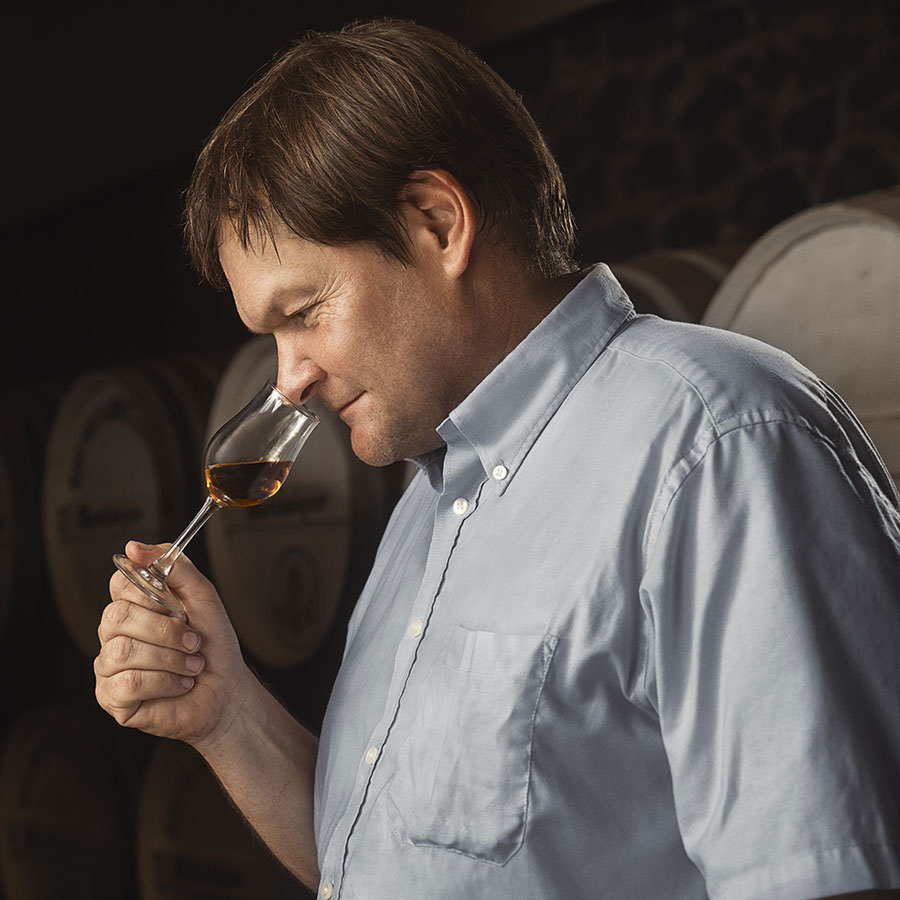
How did the Galion sugar factory respond?
In exchange for the Galion sugar factory giving up the Martinique AOC, they obtained a GI that was ‘Traditional rum from the Galion Bay sugar factory’. To do this, all the directors of the Galion board of directors, representatives, staff delegates, etc. had to sign.
And for the Martinique AOC, was it easy to get everyone to agree when they didn’t exactly have the same practices?
We had to find the lowest common denominators. They had to define a whole list of criteria. For example, they conducted a two-year study at the sugar factory to determine the Brix and pH levels.
Another example is that Saint James was the only distillery still using a pot still at the time. They asked for it to be included in the AOC, but it was the column still that was recognised. But not just any column still!
There are five recognised types of columns, and we went into great detail, specifying the number of trays, the copper inner and outer heads, and the absence of extraction. We also defined the degree of distillation: between 64% and 75%.
So it was the INAO that, in discussion with the Martinicans, organised the criteria. But this corresponded to practices that were already in place.
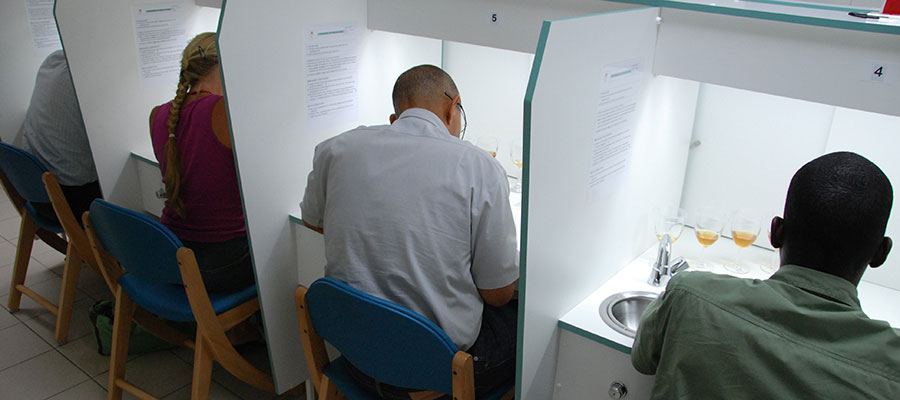
What else did the INAO contribute?
The INAO also insisted that organoleptic criteria be taken into account. And that there be a tasting. They wanted Martinique rum to meet clearly defined criteria.
It must be said that at the time, people sold rum without necessarily worrying about whether it was always of the same quality. It depended on when it was distilled in the countryside.
How does the tasting work?
Here, we are unique among AOCs, which is our strength: 100% of rums are tasted before being put on the market, and 5 to 10% afterwards, by external inspectors. So the product really has to have a distinctive taste.
The tasters undergo training during which they learn the technical terms and vocabulary of our appellation, as well as how to blind taste Martinique rum among other agricultural rums and spirits, in short, how to recognise its typical characteristics.
So what exactly are its specific characteristics?
We don’t want any taste of burnt sugar, molasses or flambéed bananas, all of which are markers of molasses, but rather to experience the raw material that gave birth to rum and was cultivated by Martinican farmers.
We focus primarily on the cane, with some variations depending on the vintage, the terroir (fresh or ripe cane), and then, depending on the age of ageing, the type of cask… So we are really focusing on the most natural and purest product. We cannot extract it using heat, we cannot add products that would remove elements or add flavour.
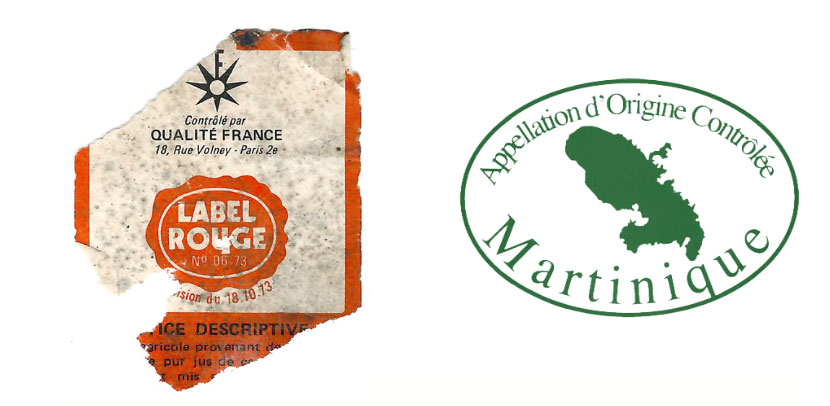
Some say that the AOC is too restrictive because all rums are similar. How would you respond to that?
People will call me dogmatic again! In reality, the AOC has established selection criteria to produce the highest quality rums. This guarantees our distinctiveness. But within this distinctiveness, we have what we call styles.
For example, as they age, some will be on new wood, others on more discreet wood styles, and still others will focus on roasted notes… When you are trained in tasting for the jury, we want to see that there really are differences between the rums from the distilleries.
And then there are also vintage effects. There are dry years and rainy years. Or dry and rainy periods in the same vintage, in the same season.
In reality, critics, those who want to break out of the AOC framework that sets it apart, and who want more freedom to often copy the new trends of other spirits.
Thus, in the case of finishes, the problem is that, during tasting, if the taste of the other spirit is more prominent or masks the rum too much… it is not an AOC Martinique rum. That does not mean that the product is bad, however.
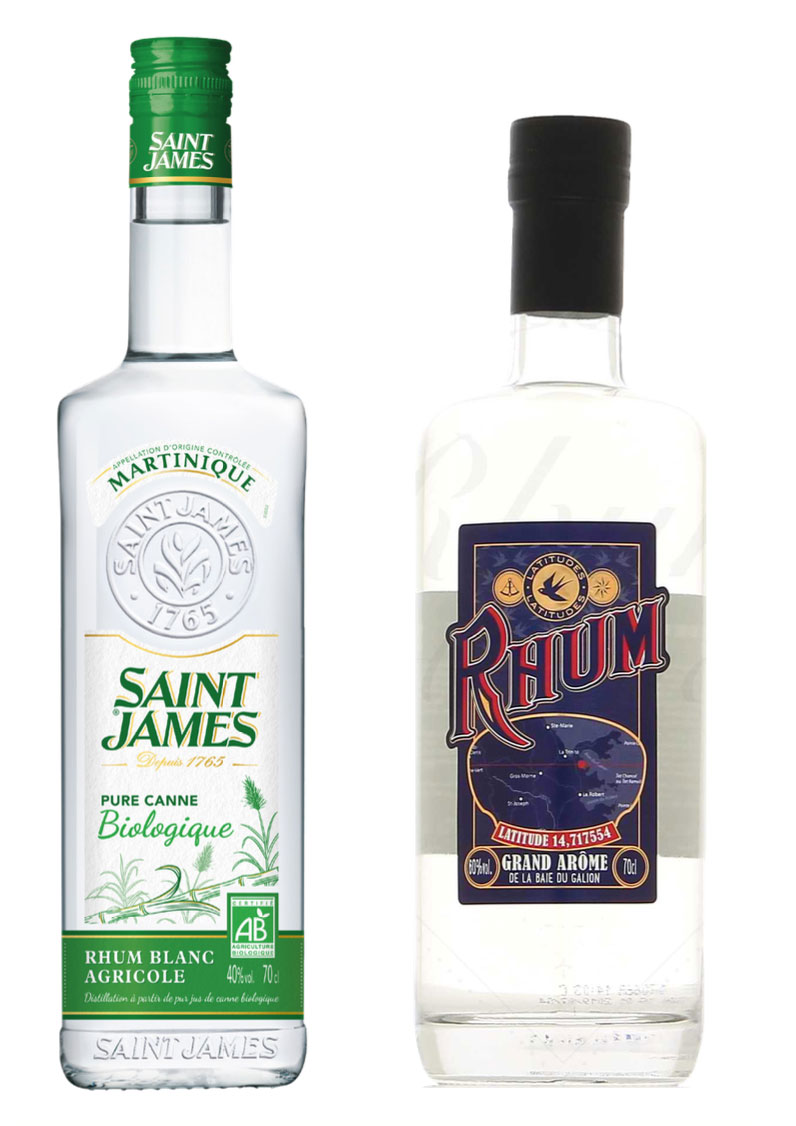
So, when rum does not have AOC certification, what happens to it?
All batches are sampled by the ODG agent and checked, regardless of their volume. They are then tasted anonymously. The ODG gives its opinion, and there are two possible outcomes.
There may be an opinion of defect or minor problem. For example, a slight lack of ageing, too much bitterness, an imbalance… In this case, the jury gives the producer the right to recompose their rum, blend it, and resubmit it as a new rum for tasting.
Are there any appeals?
If you disagree, you have the right to request a review by a special panel of five tasters recognised by the profession. The rum is then slipped in among several others that have been accepted as AOC.
It is then tasted anonymously once again and, if it fails, it is automatically rejected and will not receive AOC certification. The decision is final.
This is why people generally prefer to reblend their rum rather than go before the special jury. However, as many of the tasters come from distilleries, the rate of rejection for defects has been greatly reduced, as producers know what problems to avoid. This has made it possible to establish a minimum quality threshold.
And in the event of a major defect, what happens?
In this case, a taste of molasses, for example, the loss of the AOC is irrevocable. There is no second chance. And it is even reported to the fraud and customs authorities. You must justify what has become of the product.
What should be done with these rums that have been declared non-AOC?
A somewhat pyramid-like system has been invented, which wines in mainland France will soon adopt: fallback GIs. So, if you have a rum that is not AOC, you can claim it as a GI (French Antilles or DOM) if you comply with all the conditions in their specifications, of course.
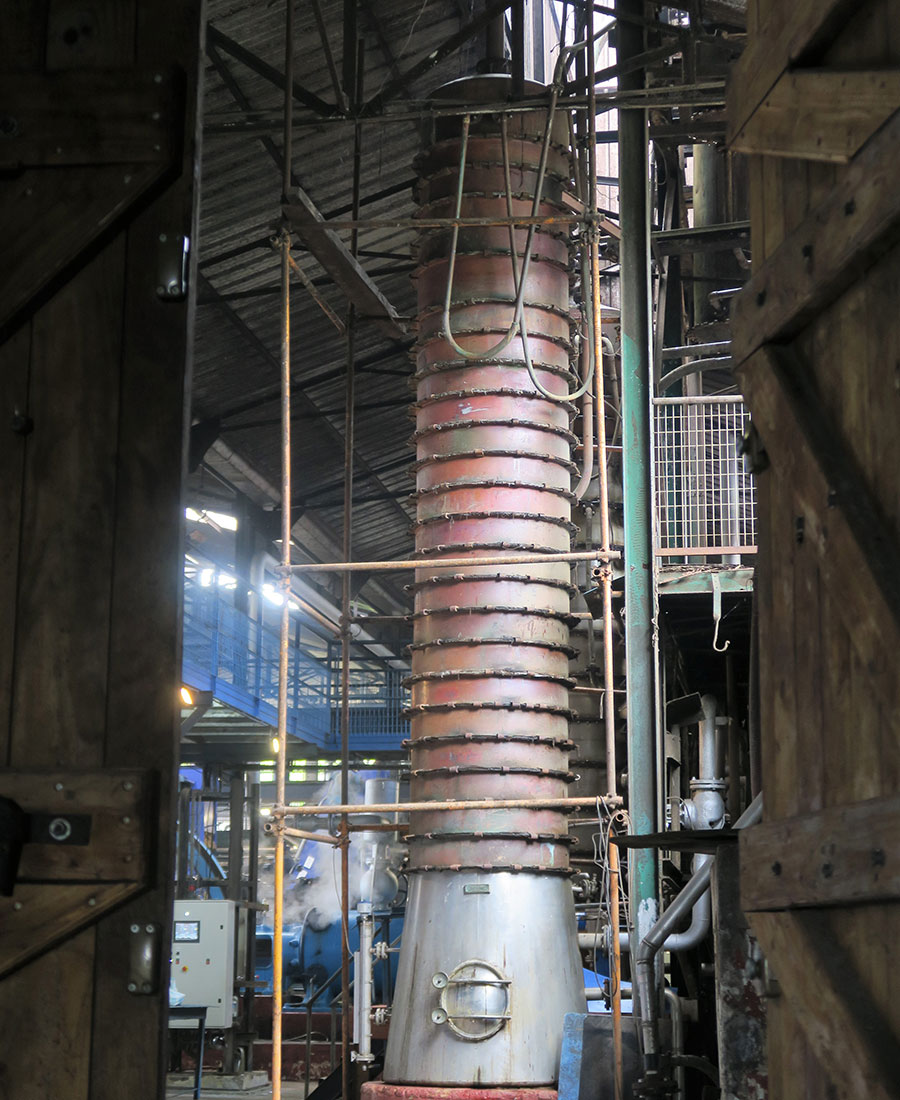
Why does the Saint James cellar master’s nectar bear the label ‘agricultural rum from Martinique’?
You can put AOC Martinique rum on the label if 100% of the alcohol in the liqueur is recognised as such. It should no longer be considered a product name, but an ingredient. However, the term “agricultural” should not be written in larger letters than “liqueur”. And the product cannot be called rum, but liqueur.
We haven’t mentioned ageing yet. Does it have to be done in Martinique?
For all traditional rums, ageing must be carried out entirely and without interruption within the geographical area.
What if, for example, there is additional ageing on the mainland?
You lose the AOC and there is no possibility of a fallback GI either.
We often think of AOC as a framework that cannot be changed. However, it has evolved several times over the years, hasn’t it?
Yes, that has happened on several occasions. For example, we changed the alcohol content of cane wine, increasing it from 3.5% to 7%. Some people were experimenting with high-alcohol fermentation, and after a year and a half of testing, we realised that it did not necessarily change the typical characteristics of rum.
Another example of change?
Previously, rum had to be left to rest in stainless steel vats for eight weeks before bottling. We have reduced this period to six weeks, and the two weeks that have been eliminated actually correspond to the transit time to mainland France.
We are currently working on finishes in ex-spirits or wine casks. We are also going to summarise our European registration with the single word ‘Martinique’, which is already protected internationally under the Geneva Act of the Lisbon Agreement. So within a year, we should have everything we need to present our new specifications to Europe.
What will the changes involve?
The problem is that the practice of finishing is not really recognised by Europe. We first worked at national level to come up with a definition, with the INAO and the fraud department.
For example, we asked ourselves how many times or for how long a cask can be used. We also considered the age at which it can be practised. Some say three years, others say six years… In any case, it must be done once the rum has reached a minimum ageing period.
How do you protect your AOC from misuse?
A sign that our AOC is valuable is the fact that we incur between €2,000 and €10,000 per year in legal fees. Our success has also attracted new producers to our island, who often prefer pot stills to large-scale column still production and therefore remain within the GI.
We also protect the ‘Martinique, terre de rhum’ brand, which is used to promote AOC rums produced before 2001. We monitor what is happening on the markets. When we detect or are notified of an irregularity, we send a letter saying, ‘Dear Sir or Madam, what you have done is not compliant, you are not authorised to do so, therefore you must be approved and inspected’… We ask the operator what they intend to do to comply. We are in discussion. It is simply a reminder of the law.
When the operator does not respond within three months, for example, fraud is reported. We can even take legal action. This role is part of the Union’s mandatory duties, which is why I am seen as the “bad guy”. We monitor everything, but this is to protect the image of our AOC from non-compliant products.
What if the offence takes place abroad?
Abroad, the offence may be detected by our services, in which case we involve the French State, but in general it is the State itself that takes care of its own cases.
For example, in Peru, Mexico, India and China, it is the French state that files complaints with our agreement. In this case, it shares the legal costs with us. They hire local specialist lawyers, and so far we have always won.
Are there countries where it is more complicated than others?
China was very unusual, there were no guarantees. But now, for their own products, they realise that they need to defend their own appellations. So they are starting to get their act together too.
The Martinique AOC in a nutshell.
The Martinique AOC, which came into force in 1996, is the first and only appellation d’origine contrôlée (to date) for rum. It applies exclusively to agricultural rum.
The specifications stipulate, in particular, that all cane used as raw material must have been grown in the AOC zone (the plantation areas are specified).
The yield per hectare of cane cannot exceed 120 tonnes (the average yield is actually 70 tonnes), and cutting must take place between 1 January and 31 August.
Fermentation must not exceed 120 hours and the resulting fermented juice must not exceed 7.5% alcohol by volume. The degree of distillation is restricted to between 65 and 75%.
The non-alcoholic component coefficient must be at least 225 g/HAP (hectolitre of pure alcohol). White rum or ESB must be left to rest for six weeks in stainless steel vats before being bottled in Martinique or mainland France.
A rum aged in oak must spend at least 12 months in oak casks. For ageing, a VO (or vieux) must spend a minimum of 3 years in oak casks of less than 650 litres, a VSOP (also known as Réserve Spéciale or very old rum) 4 years and an XO (or extra old, hors d’âge) 6 years (the same applies to vintage rums).
All rums that wish to display the label on their bottles must first be tasted by a panel of trained tasters.

